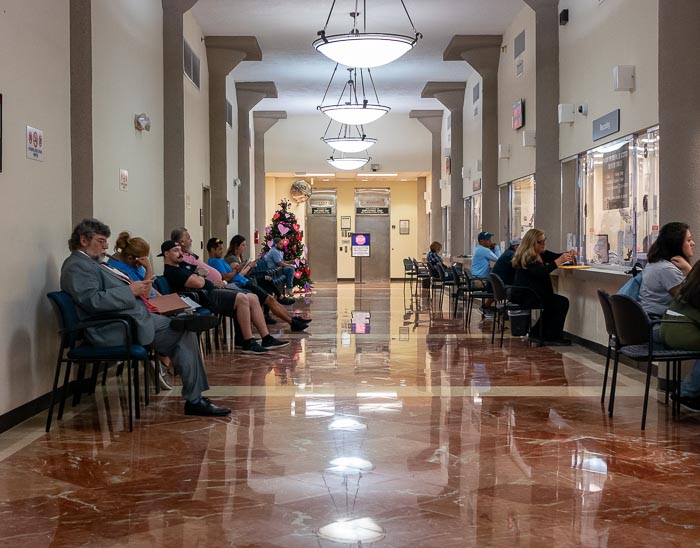Cross-posted at Assistant Village Idiot
Delivered groceries were just coming in. Our local chains quickly became overwhelmed, and began only taking orders to be scheduled a week out. As many people, of any vulnerability category whatsoever, are going to prefer to order things online more and more, there will be more of these services and they will employ more people. I am not saying that your local supermarket is going to be obsolete, but hybrid forms are going to be more common.
This will also be true of restaurants. There will be more specialising in takeout, and even fabulous room-based chefs are going to star figuring out how to make meals that can move across town. We are not quite ready for the virtual reality of pairing meals with rented environments of “London 1898,” “Paris 1927,” and “NYC 1960,” but it’s not that far off, either.
No, of course it won’t be the same as actually being there, but as we can’t go there even in its modern form at the moment, and even when it comes back it will be very expensive, there will be a market. Here’s the fun part: there will be a market for Faux London, Faux Paris, Faux New York. In the same way that pizza and Italian food are not all that authentic, nor is Chinese food in America* very much what they eat in …Hunan, the VR market will cater to what people think is authentic. Chef Louis isn’t stupid. Anyone can quick-google what the rich actually did eat in London in 1898, but he will prepare what you think was authentic and will spend money on. Enterprising young souls will also figure out what the children will eat that you can advertise to them as Florence 1568 or Jerusalem AD 63, so you can make it a repeatable history lesson.
Our church is already planning to keep the online services going even after we can get together. This is not only because many of us will not want to go to the high risk of weekly contact in an enclosed area with 300 other people, some of them quite close, but because even after all that risk is reduced to as low as it’s going to get*, some folks will decide that staying home and clicking on the church’s Sunday menu is what they actually want. Compare, watching the NFL on TV versus going to the stadium. People increasingly view going to the stadium as an occasional adventure, while preferring to stay at home. Whoa. Maybe churches that provide replay, commentary, and analysis are going to start finding a niche!
What else is going to become delivery vs in-person going forward?
* I have read that the American version of Chinese food is now available in Chinese cities
**I think that means, even after a vaccine, two annual diseases that kill lots of people. Doesn’t that clearly imply a third and a fourth? We will live different from here on in.
